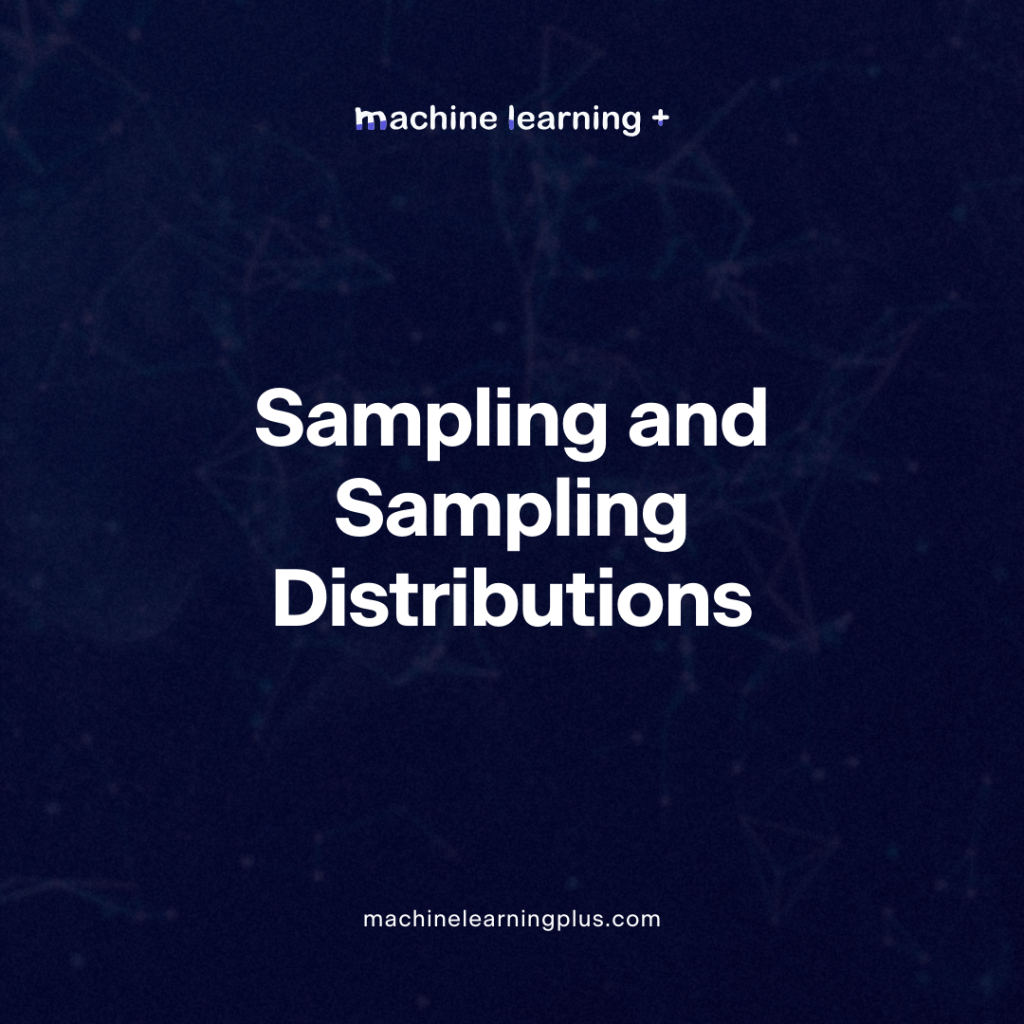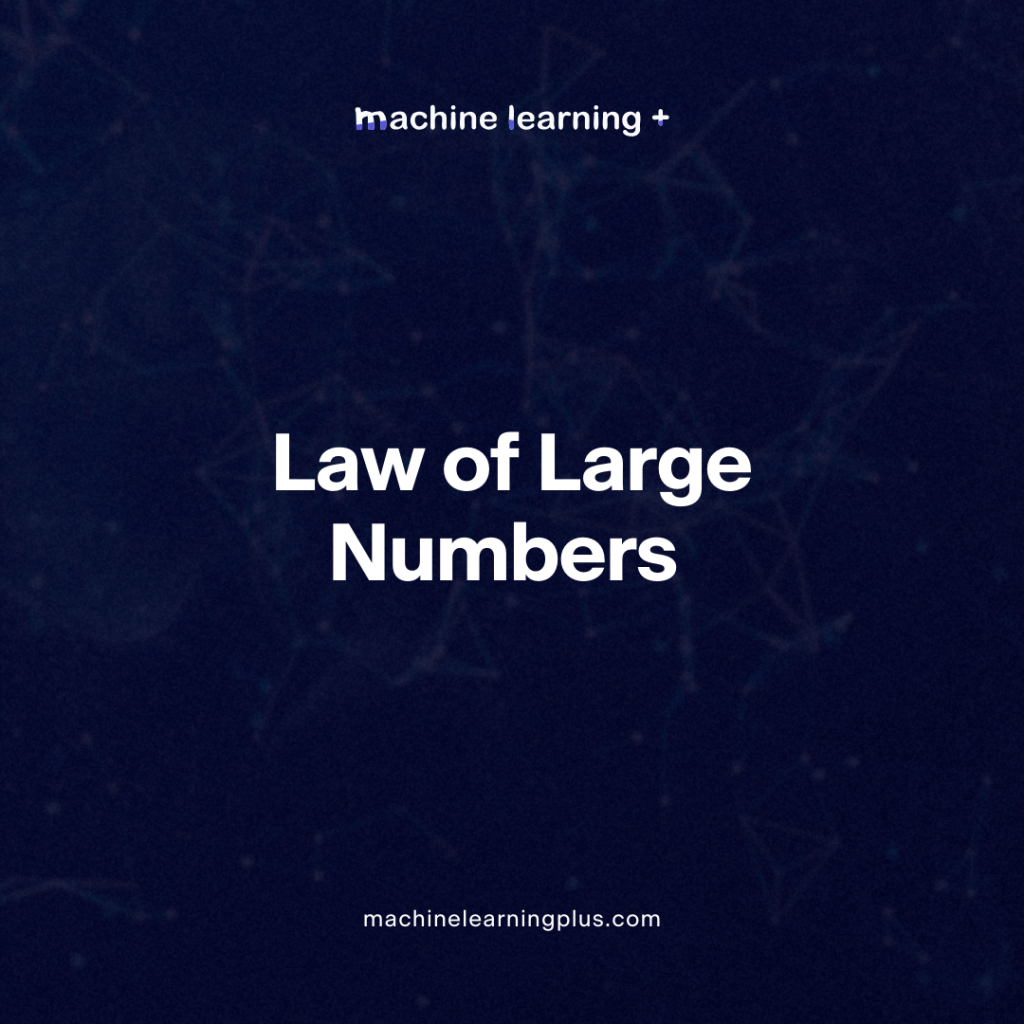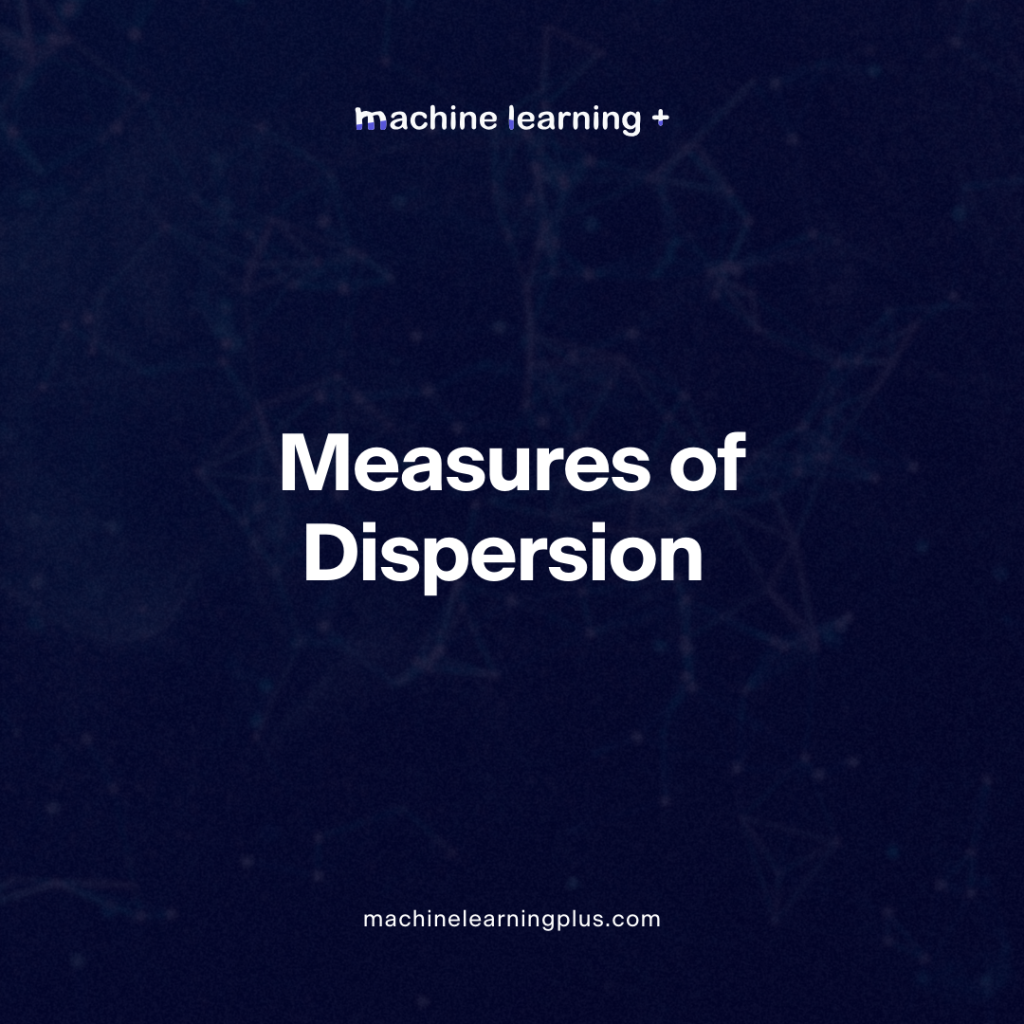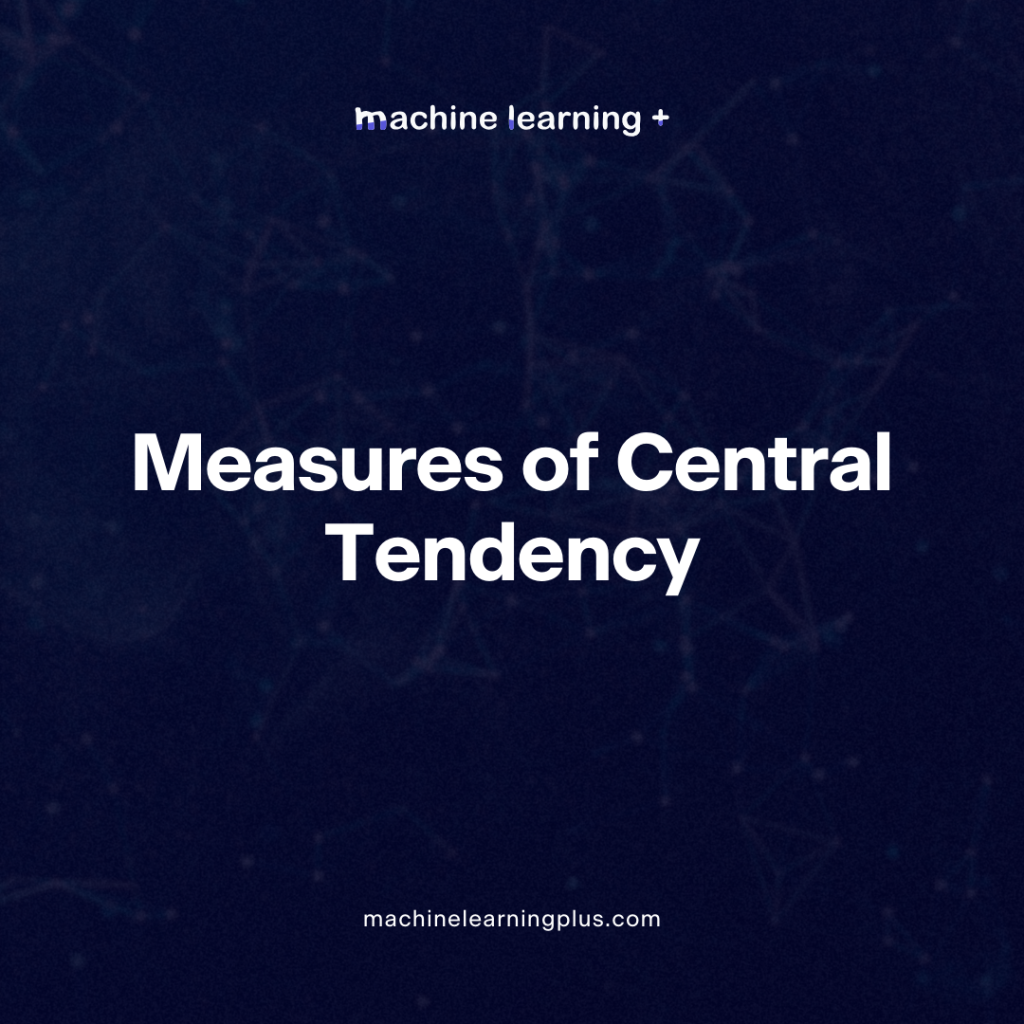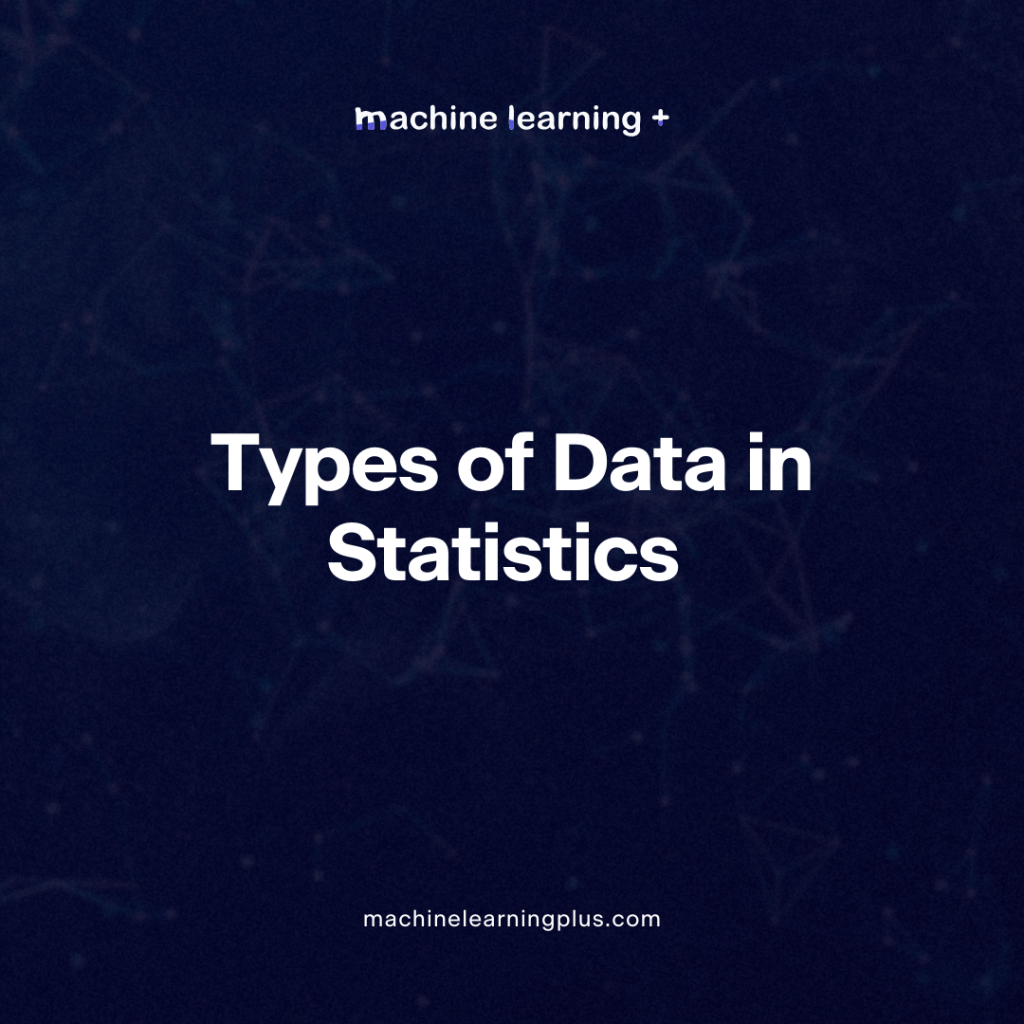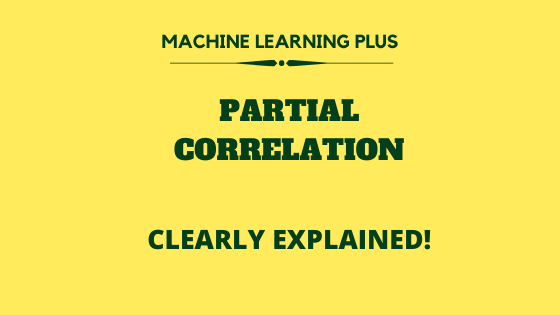Correlation – Connecting the Dots, the Role of Correlation in Data Analysis
Correlation is a fundamental concept in statistics and data science. It quantifies the degree to which two variables are related. But what does this mean, and how can we use it to our advantage in real-world scenarios? Let’s dive deep into understanding correlation, how to measure it, and its practical implications. In this Blog post …
Correlation – Connecting the Dots, the Role of Correlation in Data Analysis Read More »






